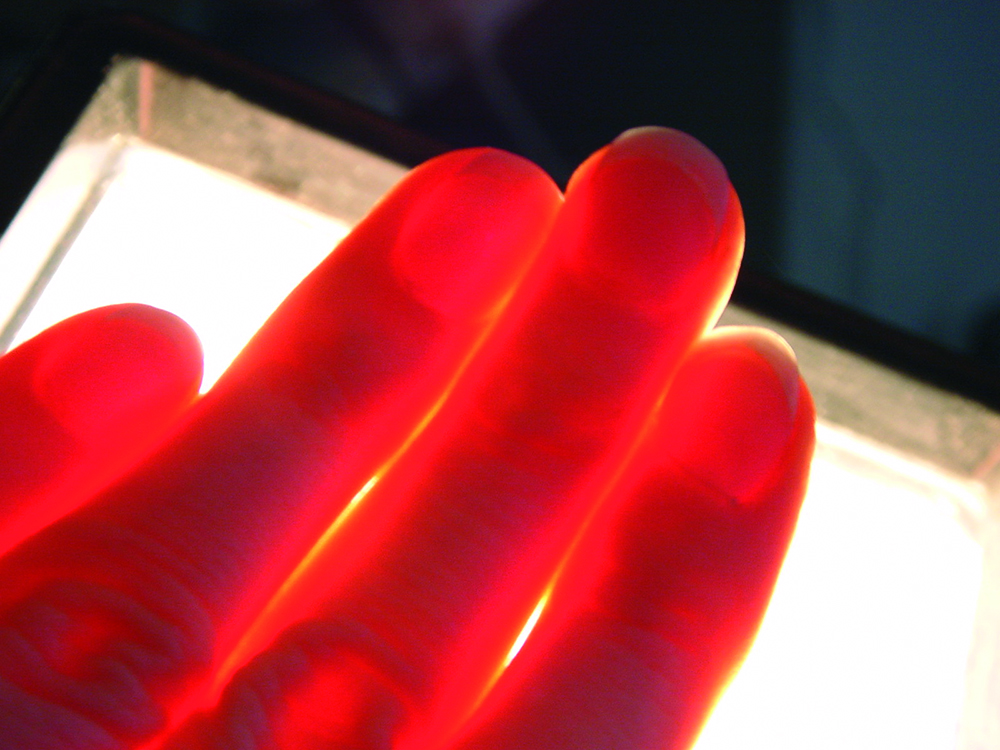Thermal radiation in semi-transparent media such as glass, coupled with heat conduction and/or flow problems, is a high-dimensional nonlinear problem requiring an amount of computing time which is scarcely justifiable for entirely three-dimensional geometries.
The ITWM has developed a numerical approximation method for the solution of the radiative transfer equation under the name of RADEFF. It is based on a formal integration of the radiative transfer equation, which results in a new approximation of the source and diffusion terms of the energy balance equations.
Tailored Simulation Solutions for Heat Conduction
Generally speaking, the method represents a good compromise between methods which are fast and rough (e. g. Rosseland approximation) and methods which are exact but very complex (e. g. DOM - Discrete Ordinate Method), as is shown by different application examples. Wavelength-dependent absorption and the entire geometry information are simultaneously accounted for.
RADEFF is up to ten times faster than the classical DOM in the case of sufficiently good exactness. The method is implemented in FLUENT in the form of a UDF (User Defined Function), thus offering to interested companies the basis of especially tailored simulation solutions with respect to heat conduction in semi-transparent materials.


